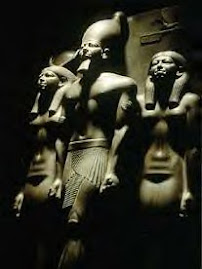
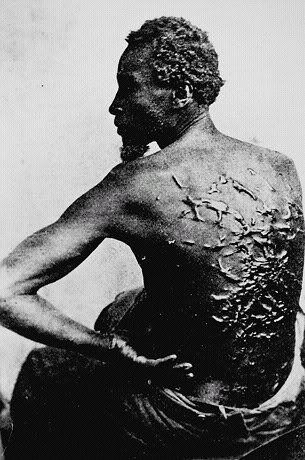

Shem Hotep ("I go in peace").
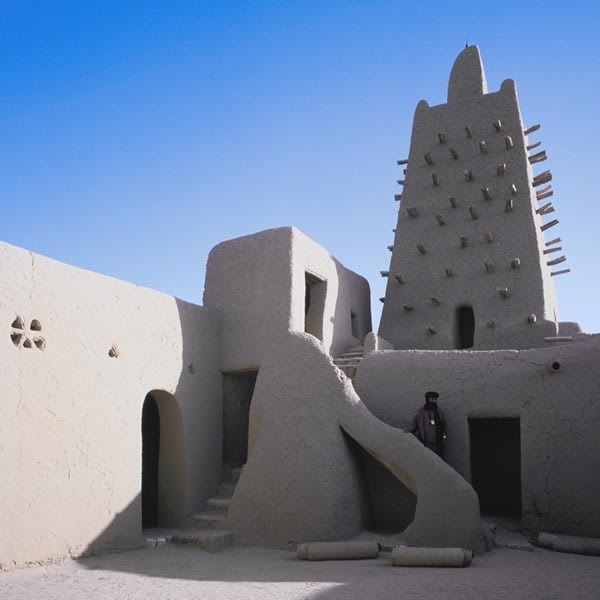
Timbuktu: The El Dorado of Africa.
Timbuktu is widely used to describe a place extremely far away and regarded by many as a myth. In reality it's a city in Mali, West Africa, of such great historical importance that in 1988 it was designated a World Heritage Site.
Situated on the southernmost edge of the Sahara Desert, Timbuktu is about eight miles from the Niger River -- closer during the rainy season. It was founded in the twelfth century by Tuareg nomads. By the fourteenth century it had became a major center for the trans-Sahara gold and salt trade as well Islamic scholarship and culture, the Oxford University of the Sahara, despite the rise and fall of powerful dynasties around it.
When the emperor Mansa Musa undertook an extravagant pilgrimage with an entourage of thousands from Timbuktu to Mecca via Cairo in 1324, he transformed European and Arabian perceptions about West Africa. Stopping in Cairo to visit the sultan, Musa gave away so much gold that the Egyptian money market crashed.
Musa built the Great Mosque (Djinguereber) and commissioned the Granada architect Abu Ishaq asSahil to design the Sankore mosque. The Sankore University was established around the mosque. The Great Mosque has been rebuilt many times, but the Sankore mosque still stands, probably because it was built around a wooden framework which aids the repairs necessary after the annual rains.
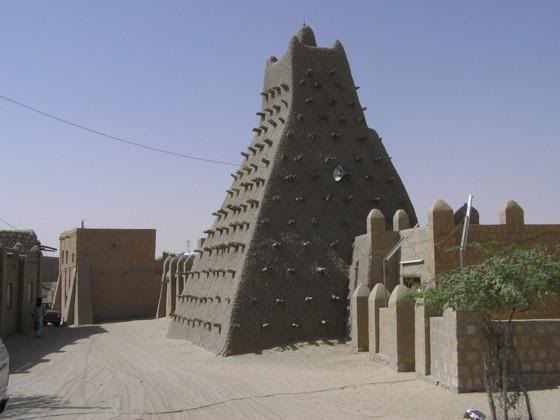
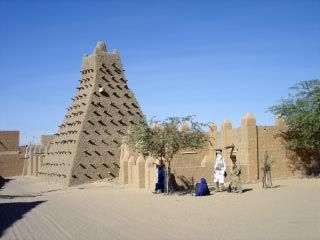
By the 1450s, the population reached some 100,000, a quarter of these were scholars, many of whom had studied in Egypt or Mecca. The city reached its peak during the Askia period (1403-1591). Merchants from North Africa came to trade salt, cloth and horses for gold and slaves. Leo Africanus, a Muslim from Granada, left a account of his visit in 1526, which renewed European interest in the "city of gold".
In 1591 Morocco captured Timbuktu. In 1593 its scholars were arrested on suspicion of disloyalty, some were killed and others exiled to Morocco. Even more devastating was the inability of the Moroccan troops in control of the city to protect it from repeated attacks by the Bambara, Fulani, and Tuareg. Timbuktu was in decline.
European explorers were still attempting to reach Africa's 'city of gold' but none had survived. In 1788 a group of Englishmen formed the Association for Promoting the Discovery of the Interior Parts of Africa, primarily to discover the source of the Niger and reach Timbuktu. The race was on.
Most famous of the failures was Mungo Park. Robbed, tortured by warlords, and finally drowned when his raft was attacked, he did at least get to the Niger, "glittering to the morning sun, as broad as the Thames at Westminster."
In 1824 the Geographical Society of Paris offered a considerable reward for the first European to visit Timbuktu and return to tell their tale. The Scottish explorer Gordon Laing is acknowledged as the first European to reach Timbuktu, in 1826. He'd survived a savage attack by Tuareg nomads on his journey from Tripoli to Timbuktu, but was murdered two days after leaving the city.
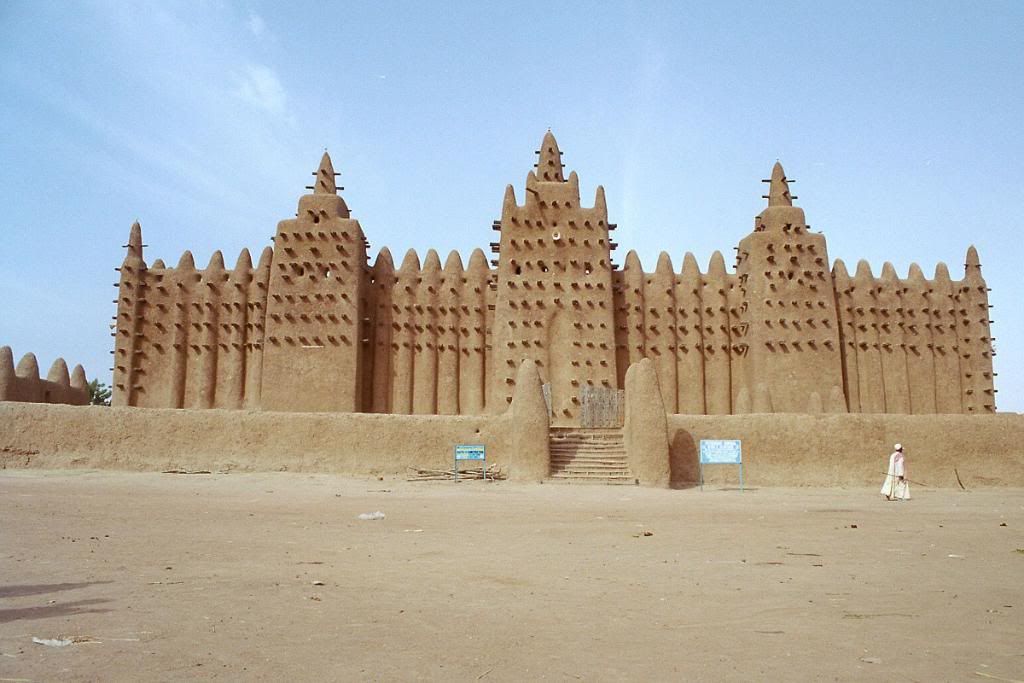
It was only in 1828 that the first European who lived to tell the tale reached Timbuktu. The French explorer, René-Auguste Caillié disguised himself as an Arab -- he had studied Islam and could speak Arabic. His journey from the coast of West Africa to Timbuktu took him a year (he was ill for five months) but he was so unimpressed he spent only two weeks in the city. His three volumes of his adventures were published in 1830 and received the Geographical Society of Paris' prize.
Other explorers, such as the German geographer Heinrich Barth who visited the city during his five-year trek across Africa, also found the city an anticlimax. A city of mud-walled buildings in the middle of a harsh desert, not a city of gold. (View some illustration from his book Travels and Discoveries in North and Central Africa.)
Timbuktu was captured by the French in 1894 who partly restored the city; in 1960 it became part of the independent Republic of Mali. Today Timbuktu is still on the "must-do" list of adventurous travellers, but few have any idea why such a desolate city should be. With the restoration efforts started in the late 1990s to reclaim some of Timbuktu's heritage from the sands of the Sahara, there is hope that this can change.





